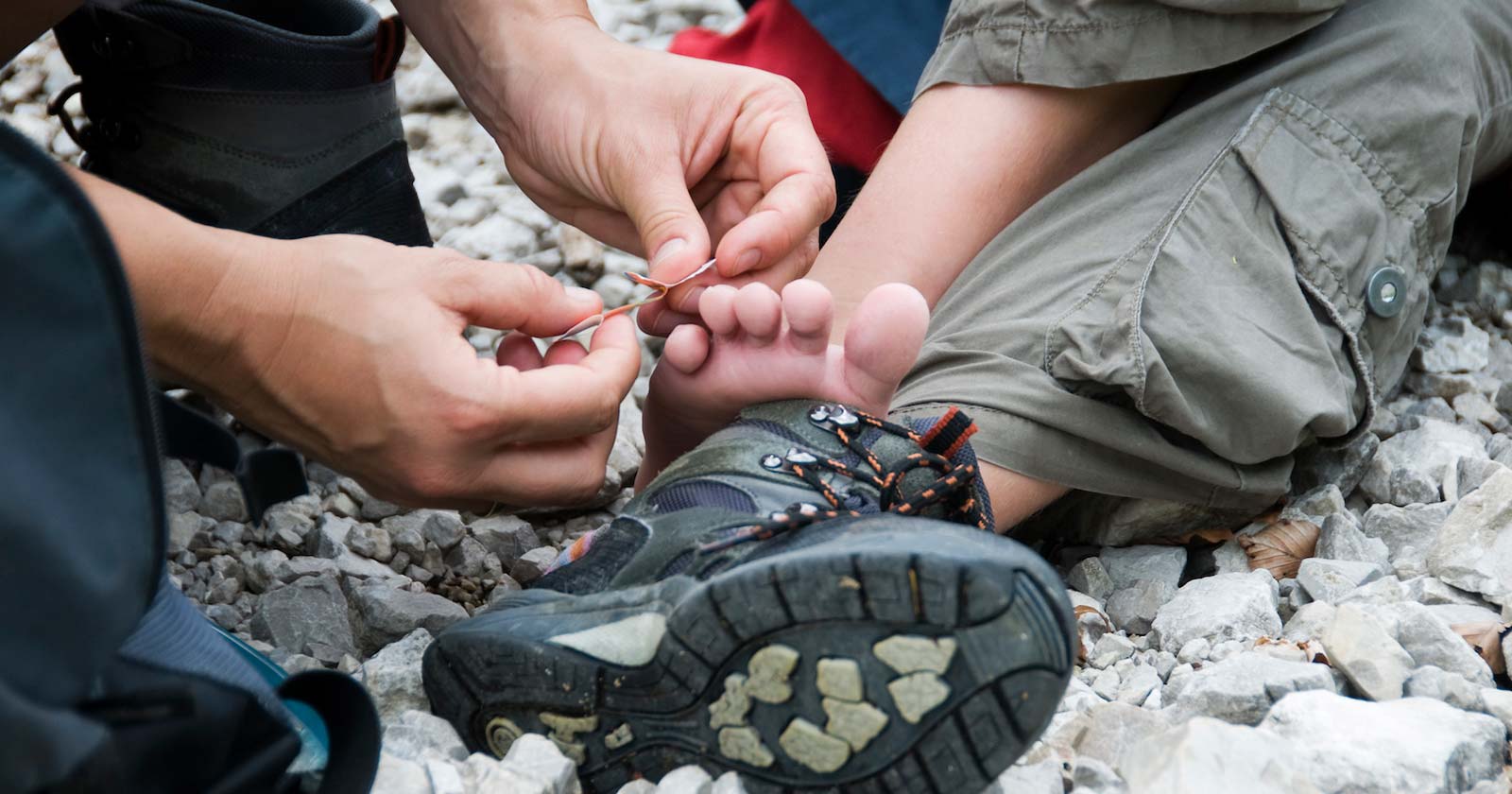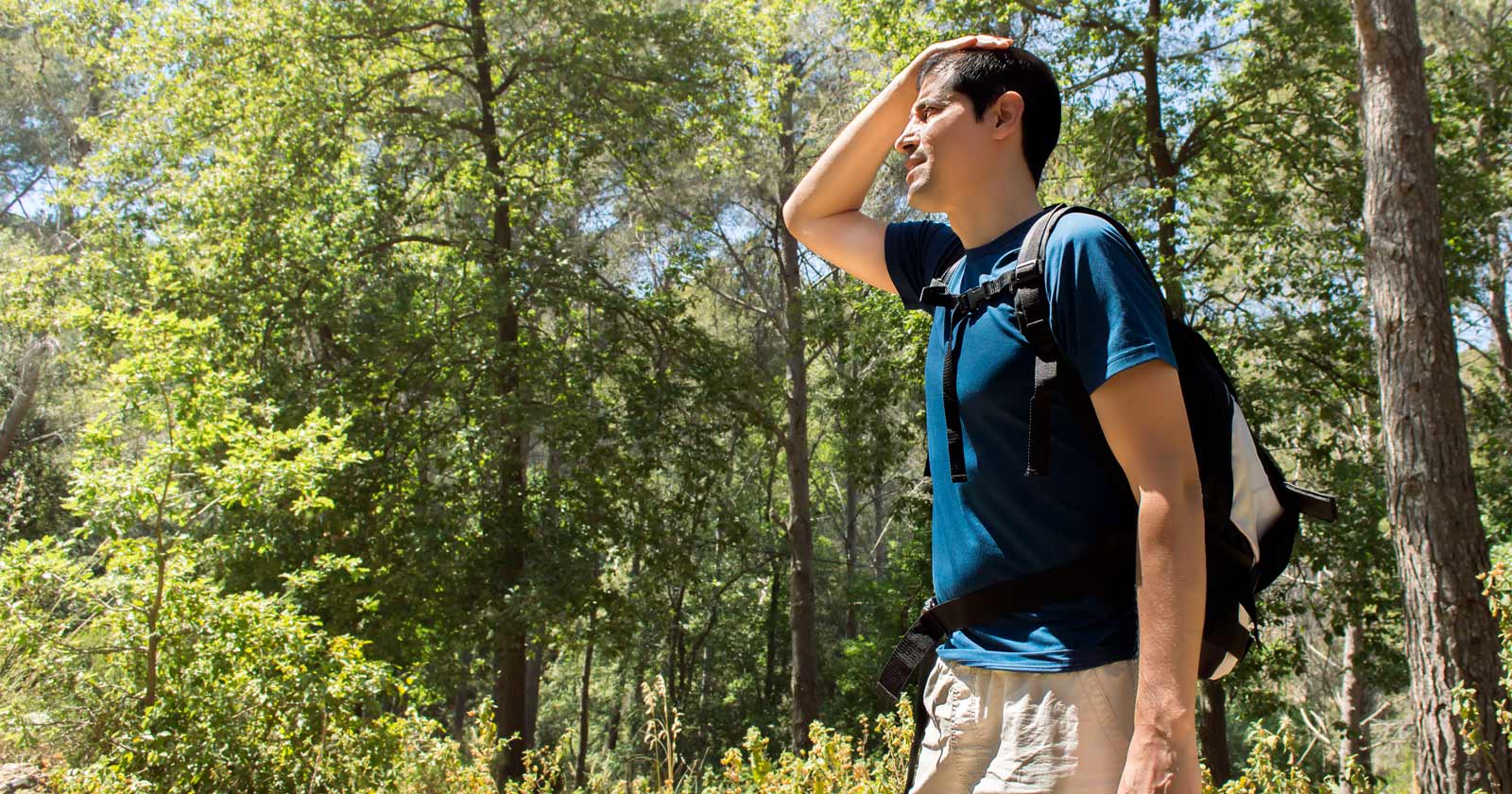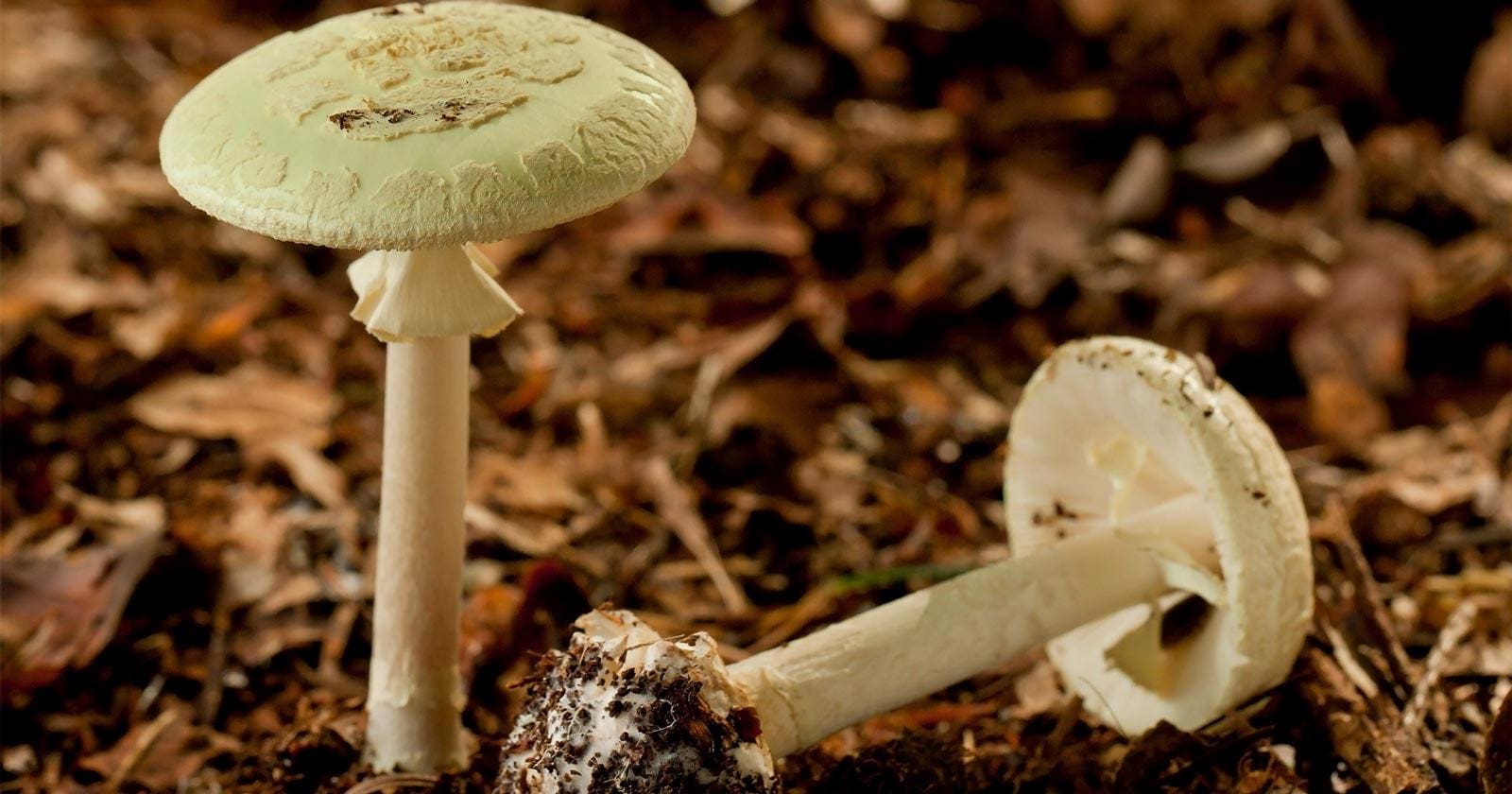Hiking and tinea: Hit the trail, not the fungus
You’ve just completed a challenging hike, feeling the satisfying ache in your legs and the refreshing breeze on your face. But as you kick off your boots, an unwelcome itch creeps in – the dreaded tinea. Unfortunately, fungal infections like tinea are common among hikers. By understanding the culprit and practicing some smart prevention tips, you can keep your feet fungus-free and conquer those trails with confidence.
What is tinea? Key facts
Tinea is a common and contagious fungal skin or nail infection. The tinea fungus thrives in warm, moist environments, so areas like the feet, the groin, the scalp, under the breasts and sometimes the toe and fingernails are ideal places for the fungus to grow. Most tinea infections are mild.
- Tinea is a fungal infection found in moist, warm parts of the body.
- Examples of types of tinea include athlete’s foot, ringworm and jock itch.
- Symptoms of tinea include a red flaky rash that can crack, split and peel, plus blistering and itching.
- Tinea can affect anyone, but is common among sportspeople and those who share communal change rooms.
- Tinea is often treated with anti-fungal medicines, usually a cream, and can be prevented with good hygiene.
What are the types of tinea?
Tinea can affect many areas of the skin/nails and the infection will have a different name depending on the location and type of fungus. These different types include:
- nail infection (onychomycosis) — a fungal infection of the toe or fingernails
- athlete’s foot (tinea pedis) — a fungal infection of the skin on the feet
- ringworm of the scalp (tinea capitis) — a fungal infection that develops on the head
- ringworm of the body (tinea corporis) — a fungal infection of the body that develops on the top layer of the skin
- jock itch (tinea cruris) — a rash in the moist, warm areas of the groin
What are the symptoms of tinea?
Symptoms of tinea depend on where in the body it is:
- Skin: a red flaky rash that can crack, split and peel; the rash can spread out in a red ring, with normal-looking skin in the middle. This is called ‘ringworm’, but this can be a little misleading because there is no worm involved.
- Feet: Itchy, red blisters between the toes, cracked skin
- Nails: Thick and crumbly nails
- Groin: Itchy and painful rash
- Head: Itchy, red areas on the scalp; bald patches
Can tinea be prevented?
While I can’t prescribe miracle cures (remember, that’s a doctor’s job!), here are some general tips to outsmart tinea:
Good personal hygiene can help prevent you from getting a tinea infection. Keeping the body clean will also stop the infection from spreading to other areas. There are several things you can in every day life do to help manage or avoid the condition:
- Tinea is contagious so it’s important not to share towels, flannels, bathmats, treatment creams or shoes. Wear thongs when showering in a communal shower.
- After washing, dry the skin thoroughly, especially between the toes, in the groin and under the breasts.
- Wash your hands thoroughly with soap and water after cleaning the infected area to make sure you do not spread your infection to other parts of your body or onto other people.
- Use antiperspirants to help control excessive sweating.
- Try not to scratch your rash as you may spread the infection to other parts of your body.
- Try to expose the skin to as much fresh air as possible.
In addition to good hygiene, your choice of clothing and footwear can also make a difference:
- Make sure your feet are completely dry before putting on socks, stockings or tights.
- Wear clothing made from natural fibres instead of synthetics to prevent sweating and to avoid warm, moist skin areas developing.
- Wear socks and shoes made from natural materials, such as cotton, when possible and try to choose footwear that keeps your feet cool and dry.
- Change socks, tights or stockings and bra every day.

Why does tinea target hikers?
So, why does tinea love crashing our hiking parties? It all boils down to a moisture marathon. Fungi thrive in damp environments, and let’s face it, sweaty feet in enclosed boots are a fungal fiesta. Add in factors like walking barefoot in communal areas or sharing gear, and you’ve got a recipe for tinea trouble.
Prevention tips for hikers
Athlete’s foot (tinea pedis) and jock itch (tinea cruris) are among the most common forms of tinea that hikers may encounter. These fungal infections thrive in warm, moist environments, making the feet and groin areas susceptible, especially during outdoor activities like hiking.
Here’s a few prevention tips specifically for on the trail:
Athlete’s foot: Taking care of your feet:
- Dry Feet Thoroughly: After river or creek crossings or any exposure to water, ensure that your feet are completely dry before putting on socks and shoes.
- Antifungal Powder: Consider using an antifungal foot powder as a preventive measure, especially if you’re prone to fungal infections. Apply it to your feet before putting on socks.
- Ventilated Footwear: Choose hiking shoes or boots with good ventilation to help keep your feet dry and discourage fungal growth.
- Alternate Footwear: If you have multiple pairs of hiking shoes, and if practical, alternate between them to allow each pair to dry thoroughly and reduce the risk of fungal growth. If I am on an overnight or multi-day hike, I generally pack lightweight footwear to change into when we reach camp.
- Proper Cleaning: Clean your feet daily, paying attention to the spaces between your toes. Dry them thoroughly afterward.
- Avoid Borrowed Footwear: Refrain from sharing or borrowing other hikers’ socks or footwear, as this can contribute to the spread of fungal infections.
- Pack Antifungal Cream: Include an antifungal cream or ointment in your first aid kit. If you notice any signs of a fungal infection, such as redness, itching, or peeling, address it promptly.
Jock itch: Taking care of your groin:
- Moisture Management: Keep the groin area dry and clean. During breaks or when resting, consider allowing the groin area to air out by removing underwear briefly, where practical.
- Wear Breathable Fabrics: Use moisture-wicking underwear, such as moisture-wicking synthetic blends or merino wool, to help absorb sweat and prevent prolonged moisture.
- Bring Spare Clothing: Pack an extra set of underwear in your backpack, especially for multi-day hikes. This allows you to change into dry underwear as needed.
- Avoid Tight Clothing: Opt for loose-fitting clothing to promote airflow and reduce friction in the groin area.
- Watch for Early Signs: Be attentive to any itching, redness, or discomfort in the groin area. Address these symptoms promptly to prevent the development of jock itch.
- Keeping Clean: If possible, keep yourself clean during longer hikes to freshen up the groin area.
- Use Antifungal Powder: Apply antifungal powder to the groin area before getting dressed to help prevent fungal growth.
These additional tips specifically target the prevention of fungal issues such as athlete’s foot and jock itch while on the trail. Remember, prevention is key, but it’s also important to be prepared to address any issues that may arise. Having a well-stocked first aid kit and the knowledge of basic foot care can make a significant difference on the trail.
If tinea takes hold: How is tinea treated?
If you think you have tinea, check with your doctor. They may take a small sample to confirm which fungus is causing the infection.
Tinea is treated with anti-fungal medications, which usually come as a cream, ointment, gel or nail lacquer. You can purchase these over-the-counter from any pharmacy and from some supermarkets. Follow the application instructions on the package carefully and speak to your pharmacist if you have questions. It can take weeks or even months for tinea to clear up, depending on what type of fungus it is. It is important to keep using the anti-fungal medication as instructed even after the tinea appears to have gone.
Some people might need prescription tablets if the tinea is widespread, if the treatment to the skin has not worked, if it is on the head, if it is in the nails, or if it keeps coming back. All medicines can have side effects. Before using tinea medicines you can ask your doctor or pharmacist about:
- the side effects of your tinea medicines
- their benefits
- what to do if you miss a dose
- what to do if you experience side effects
Talk to your doctor as soon as possible if you feel unwell when taking your medicines. Do not stop or change your medicines without talking to your doctor. You can look up information about medicines here. The infected area should be kept clean and dry because the fungus prefers to grow in moist, warm conditions.
This blog post is for informational purposes only and does not constitute medical advice. Please consult with a healthcare professional for diagnosis and treatment of any medical condition, including tinea.
Remember, prevention is key. By following these tips and consulting a doctor when needed, you can keep your feet happy and healthy on your next adventure. Lace up your boots and hit the trails with confidence.
Sources: Healthdirect Australia, The Australasian College of Dermatologists, The Australasian College of Dermatologists, National Centre for Farmer Health, Elsevier.





